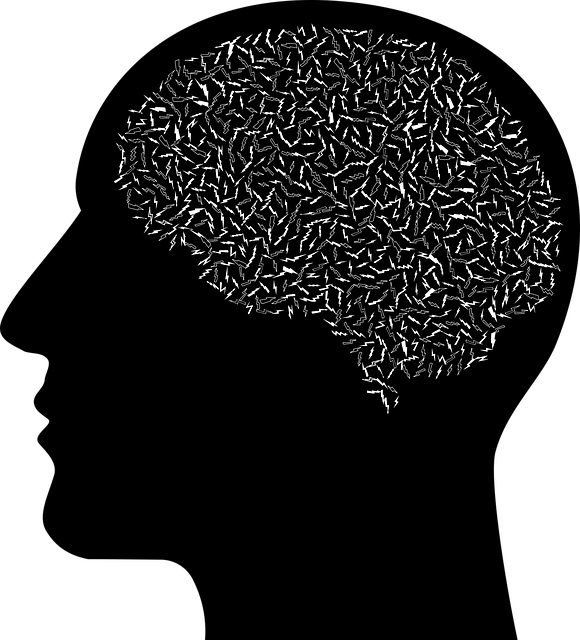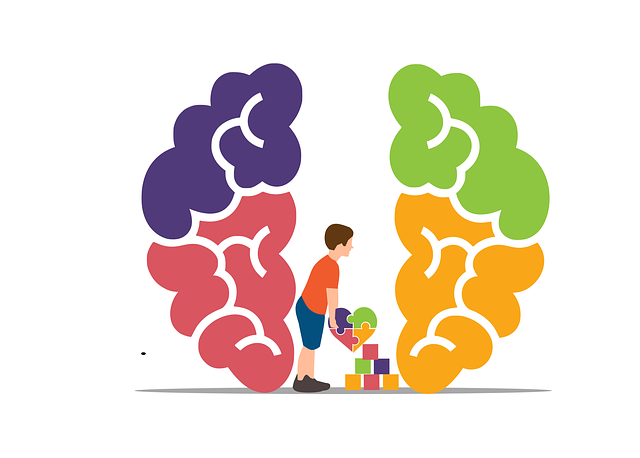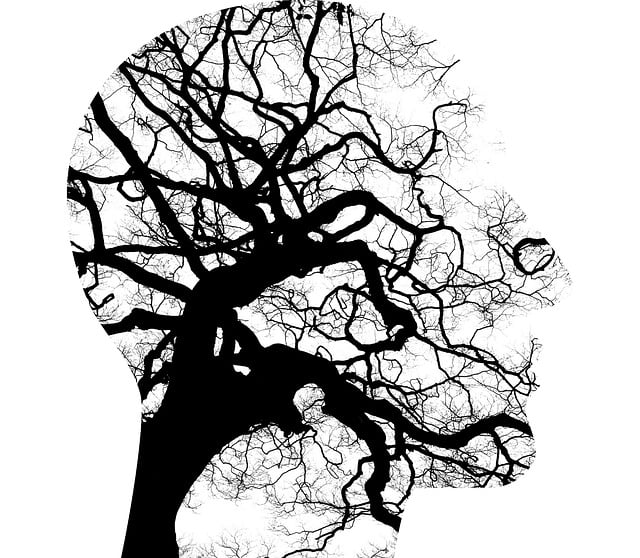Early identification and intervention are crucial for childhood anxiety, emphasizing the vital roles of teachers and parents as first responders. They can support vulnerable youth through compassionate practices, fostering mental health awareness with techniques like deep breathing and soothing communication. The goal is to teach effective coping strategies and build resilience, aligning with evidence-based therapies like Cognitive Behavioral Therapy (CBT). Creative expression, mindfulness, and community outreach programs further aid in managing anxiety, making first responders key contributors to children's mental health journeys.
“Anxiety management is a vital skill, especially for children and first responders facing relentless stress. This comprehensive guide explores effective strategies to combat anxiety, focusing on Cognitive Behavioral Therapy (CBT) as a powerful tool with proven results. We delve into understanding the unique challenges faced by young minds and those in emergency services. Additionally, discover a range of additional techniques and resources tailored to provide lasting relief. Explore these evidence-based practices for a holistic approach to managing anxiety.”
- Understanding Anxiety in Children and First Responders
- Cognitive Behavioral Therapy (CBT): A Powerful Tool for Management
- Additional Techniques and Resources for Effective Anxiety Relief
Understanding Anxiety in Children and First Responders

Anxiety is a common experience for children, often presenting differently than in adults. Recognizing and understanding childhood anxiety is crucial for early intervention and effective therapy. Many factors contribute to a child’s anxiety, from developmental stages to environmental influences. First responders, such as teachers and parents, play a vital role in supporting children with anxiety by fostering mental health awareness and implementing compassionate cultivation practices.
For first responders, staying calm and empathetic is essential when encountering anxious children. This can involve simple techniques like deep breathing or using a soothing tone of voice. Additionally, encouraging open communication and creating safe spaces for expression helps manage the child’s mood. The goal is not to eliminate anxiety but to teach children healthy coping mechanisms and build resilience, ultimately supporting their mental health awareness and well-being.
Cognitive Behavioral Therapy (CBT): A Powerful Tool for Management

Cognitive Behavioral Therapy (CBT) has emerged as a powerful tool for managing anxiety, particularly among children and first responders. This evidence-based approach focuses on identifying and changing negative thought patterns and behaviors that contribute to anxiety disorders. CBT helps individuals challenge and replace irrational thoughts with more realistic and balanced perspectives, thereby reducing anxious symptoms.
For children, CBT often incorporates creative techniques such as mental wellness journaling exercises, which encourage them to express their feelings and track progress. Crisis intervention guidance tailored for young minds enables them to develop coping strategies that are age-appropriate and effective. Similarly, first responders can benefit from CBT’s ability to reframe traumatic experiences and manage stress through specialized workshops offered by organizations dedicated to their mental wellness.
Additional Techniques and Resources for Effective Anxiety Relief

In addition to cognitive-behavioural therapy (CBT), several other effective techniques and resources are available for managing anxiety, especially tailored to meet the needs of children and first responders. One such approach is therapy for children, which utilises play and creative expression to help young ones process and overcome their anxieties. This method not only makes therapy more engaging but also facilitates better understanding and communication of emotional experiences.
Moreover, emotional well-being promotion techniques such as mindfulness meditation, deep breathing exercises, and yoga have proven beneficial for both children and adults dealing with anxiety. These practices help cultivate a sense of calm and enhance resilience in the face of stressful situations. Additionally, community outreach program implementation can play a crucial role in providing support networks where individuals can share experiences, offer peer-to-peer assistance, and foster a culture of compassion. Compassion cultivation practices, encouraged by programs like mindfulness-based stress reduction (MBSR), further promote understanding and empathy among community members, contributing to an overall more supportive environment that alleviates anxiety symptoms.
Anxiety management is a vital skill, especially for children and first responders who often face unique challenges. By understanding anxiety’s root causes, professionals like therapists can employ effective strategies such as Cognitive Behavioral Therapy (CBT) to help individuals regain control. Additionally, exploring alternative techniques and utilizing available resources offers a comprehensive approach to managing anxiety, ensuring better mental health outcomes for all. For those seeking therapy for children or first responders, these techniques provide a promising path toward mitigating anxiety and fostering resilience.














